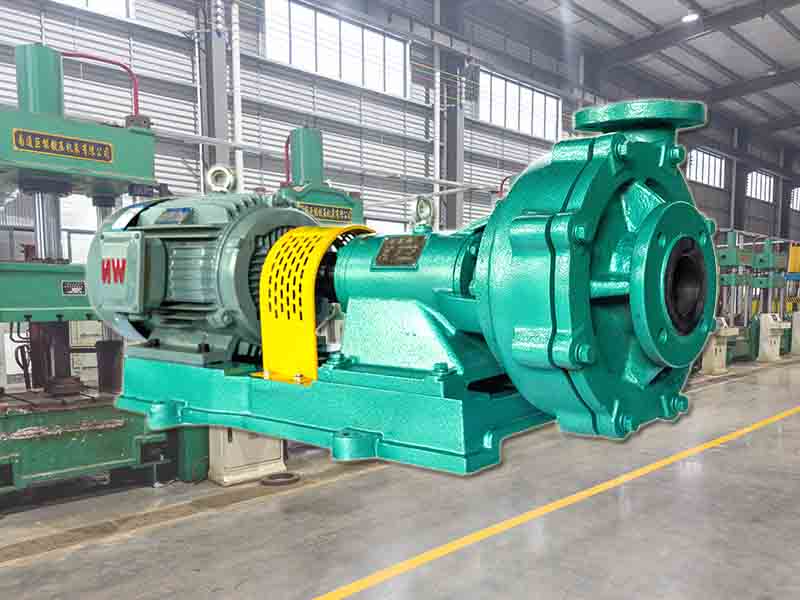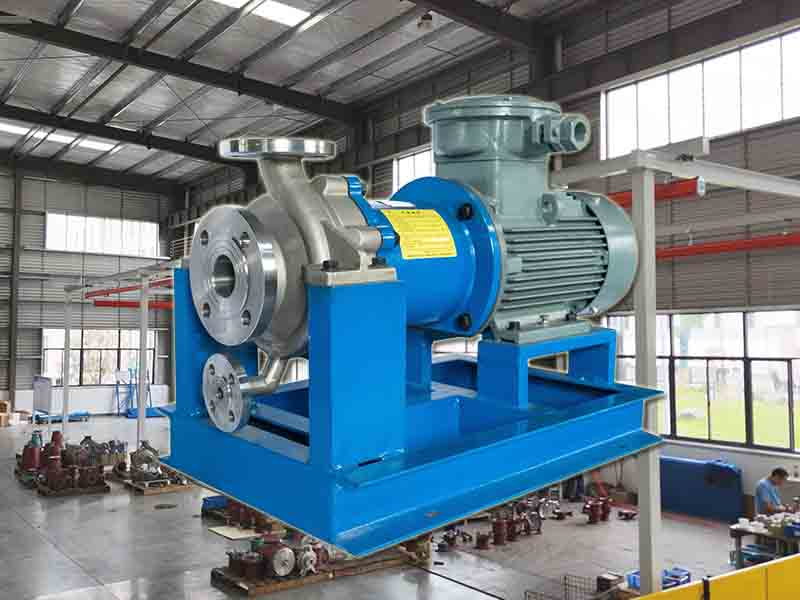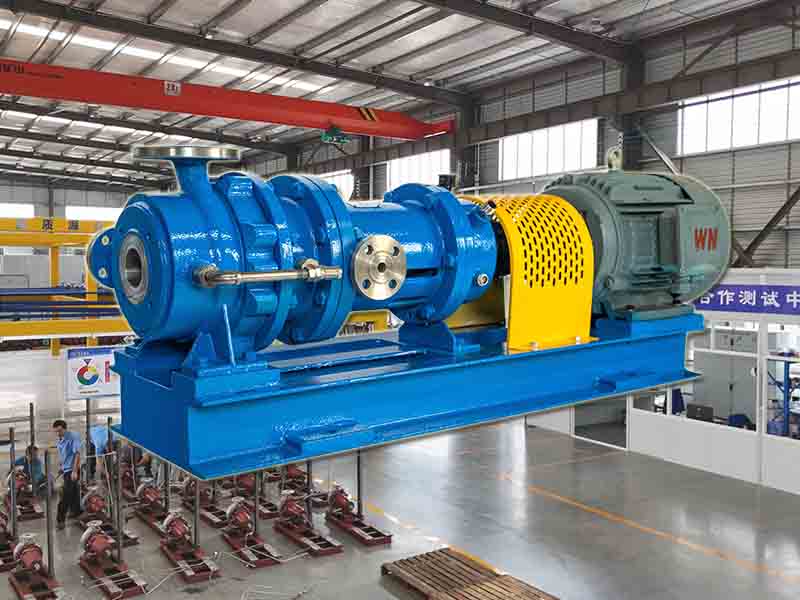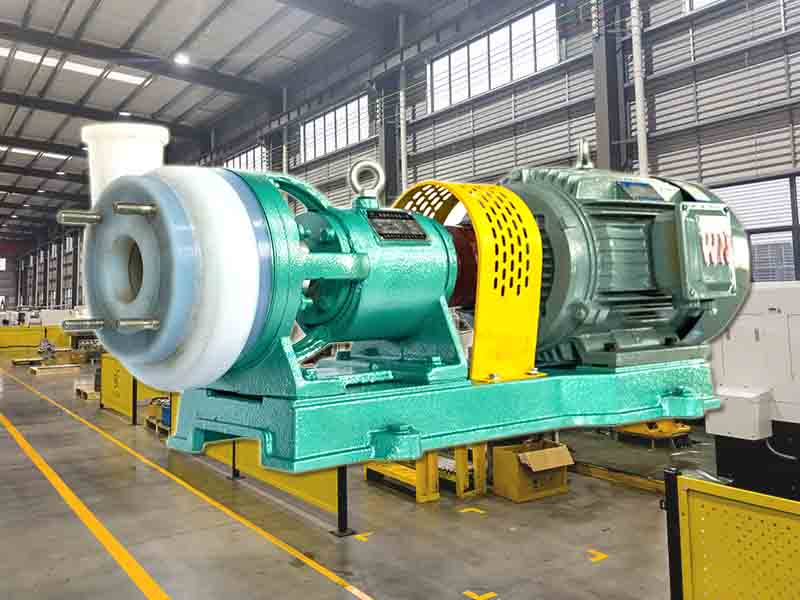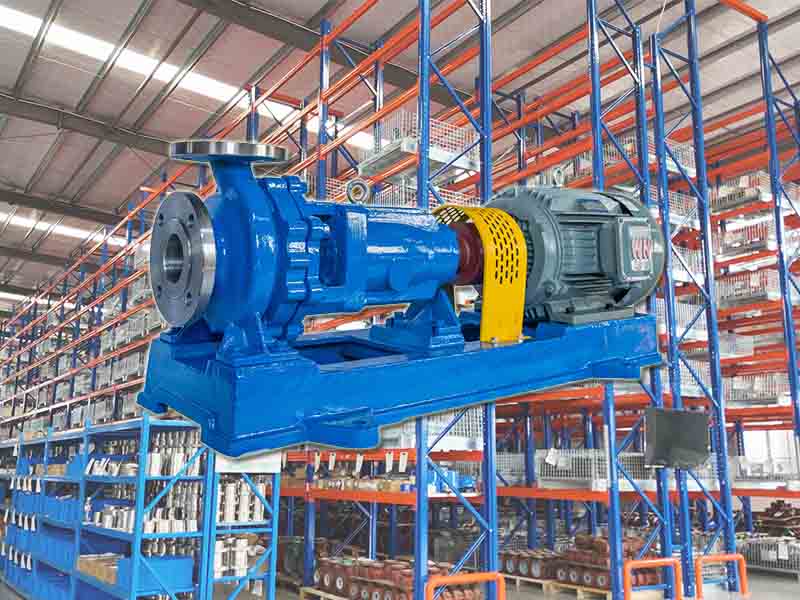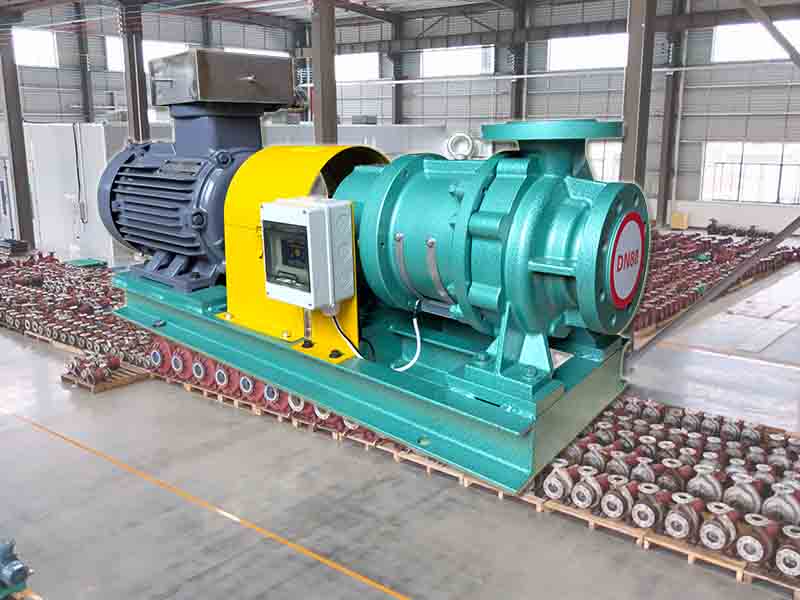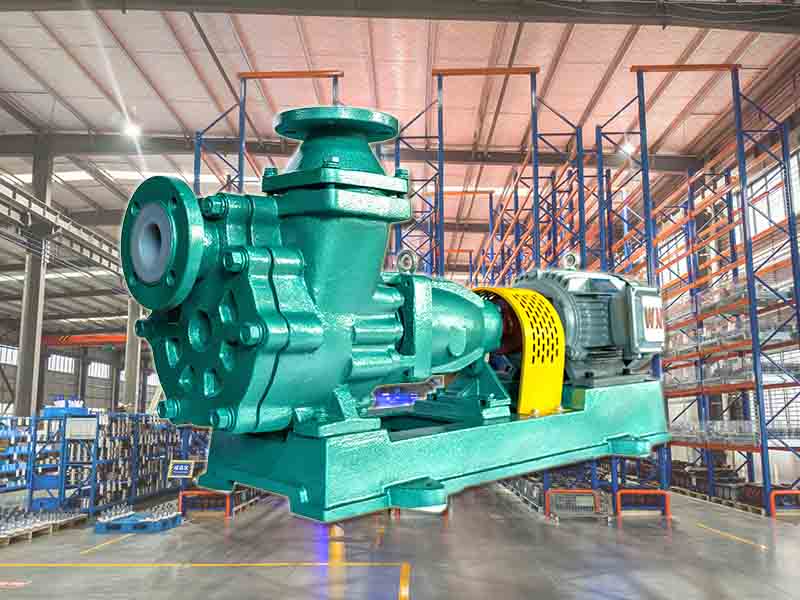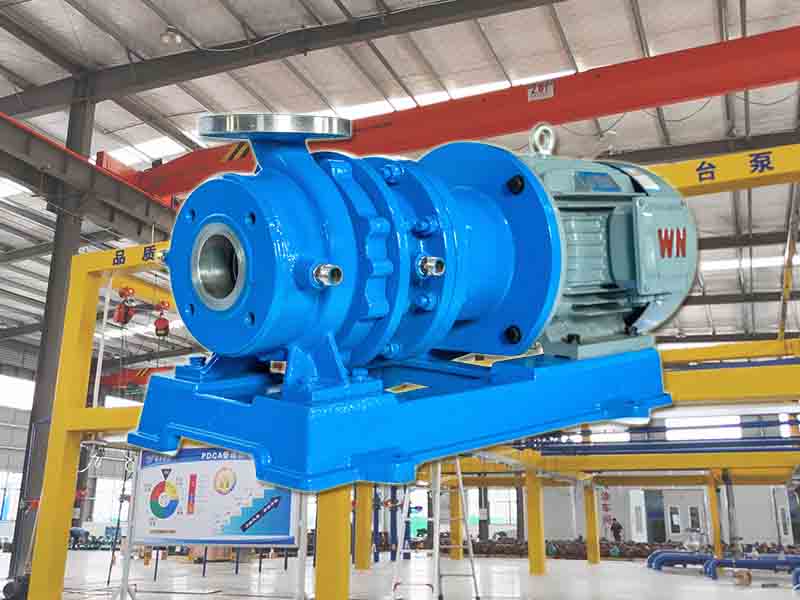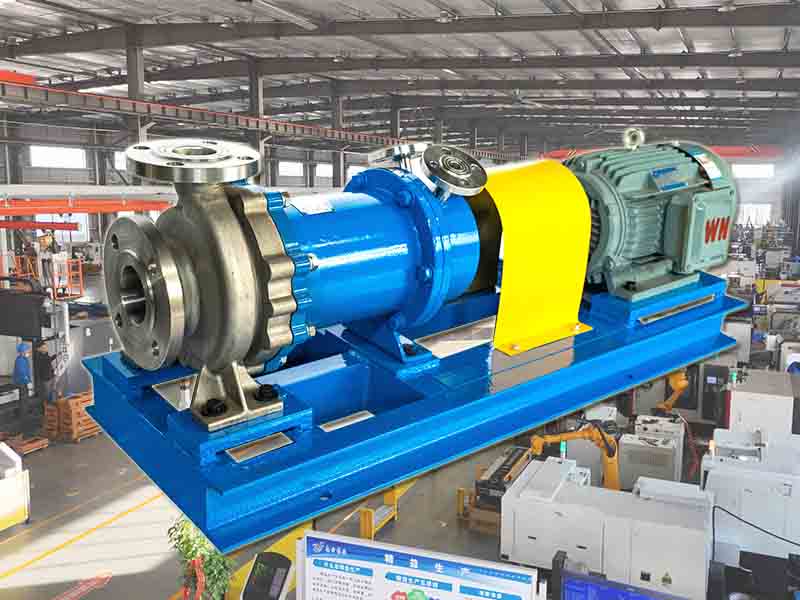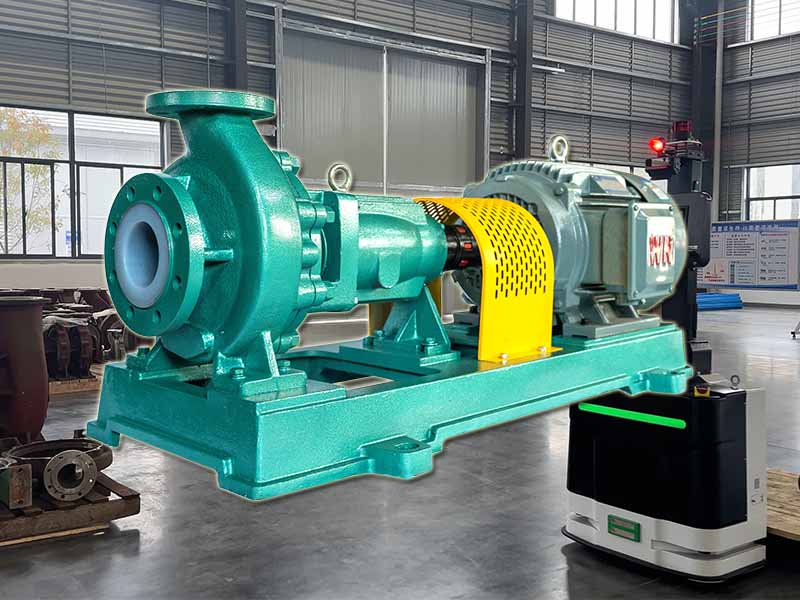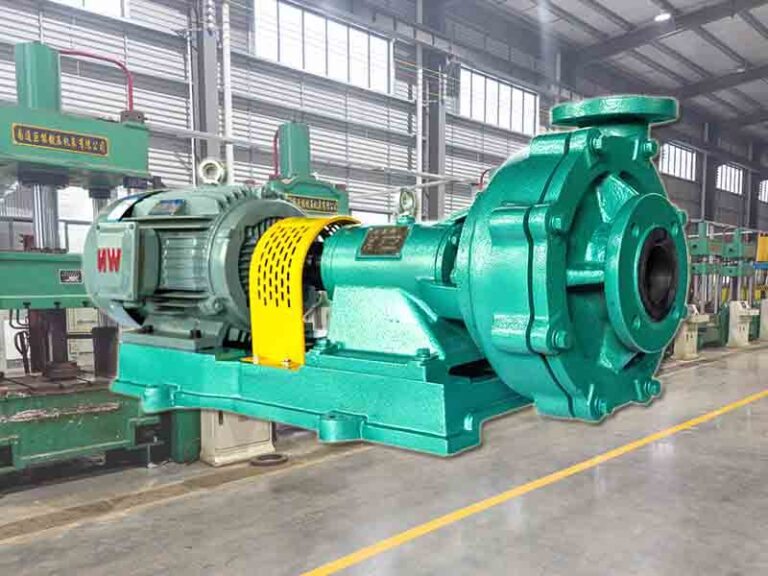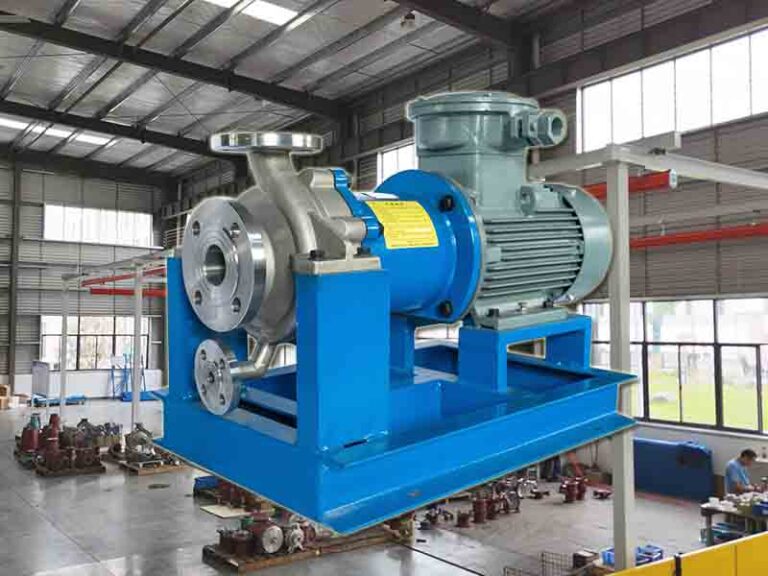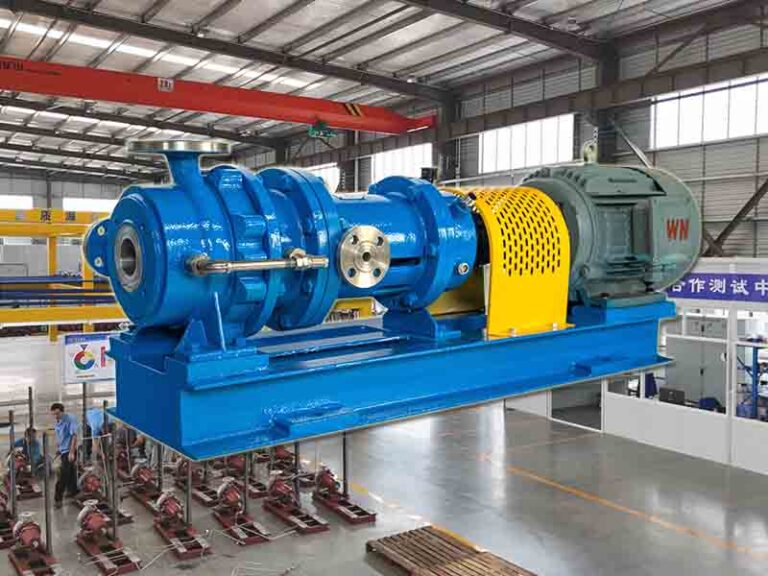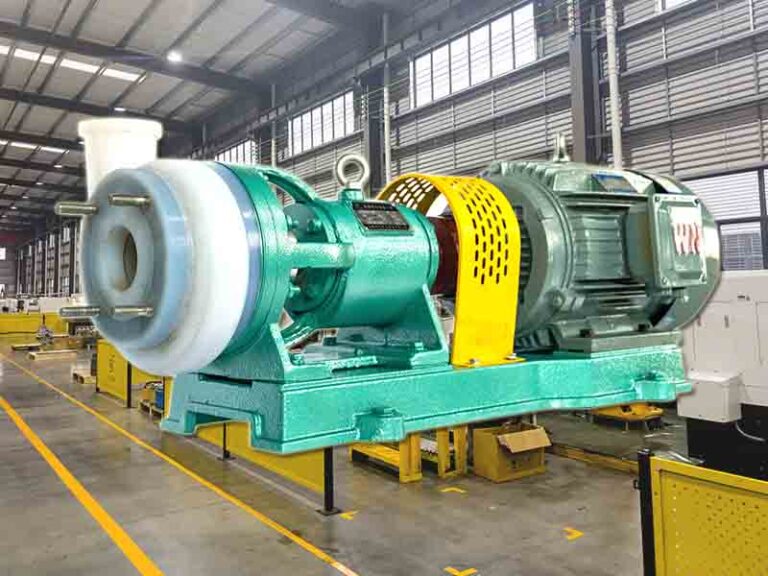When picking out a pump, you may notice that some pumps are labeled with two different voltage values, such as 208 – 230/460 volts. This is a dual voltage pump, and it can be quite a useful device. But what does the dual voltage motor mean? Let’s see.
What Is a Dual Voltage Motor
A dual voltage motor is the heart of a dual voltage pump. It is designed to operate across two voltages, as opposed to the single-voltage motors that are rated for only one specific incoming line voltage. This flexibility is achieved by properly configuring the windings of the motor.
The windings in the motor act as “electricity channels” for the current. The windings can be connected in different ways for a dual voltage motor. For LV operation (e.g. 110 V) the windings should be connected in parallel. Consider it as having multiple lanes on a highway. More ‘traffic’ (current) passes at a lower ‘speed’ (voltage).
At higher voltages e.g., 230 volts, the windings are connected in series. It is just like a stronger single lane that can hold the “flow” of vehicles at higher “speeds.” This is particularly common in three-phase motors, which typically have Y, delta, or Y/delta windings connected in a 1:2 ratio, making them suitable for voltage combinations such as 208 – 230/460 volts.
Why Dual Voltage Capability Is Important In Pumps
Voltage stability is critical for electric centrifugal pumps. Single voltage pumps have an ideal operating voltage. Most single voltage pumps are rated at 115 or 230 volts. But what happens if the voltage isn’t quite right?
If the supply voltage falls below the rating, the efficient centrifugal pump tries to make up the shortfall by drawing more current. It would be like a car having to drive harder when the fuel supply is poor. However, this extra current causes the motor’s rotor to heat up. Over time, this heat can damage the rotor and reduce the efficiency of the Self-priming pump.
However, where the voltage is above normal, the saturation of the motor’s magnets will be achieved. In this circumstance, the motor would draw a very huge amount of current so as to continue magnetizing the core components, in this case yet again beyond the limit of rated. Again, this can lead to overheating and damage.
The Dual Voltage Magnetic Pump solves this problem by letting you choose the right voltage for the situation. It allows you to adapt to different power supply conditions and is very useful in a variety of scenarios.
How Dual Voltage Pumps Work
For us to understand how the dual voltage pump works, we need to use the formula of power, that is P (power) = V (voltage) x I (current) where power is directly proportional to voltage and current.
A Diesel Engine Driven Centrifugal Pump is required to produce 60 units of power. If the pump is running at 20 units of voltage, 3 units of current will be drawn (20 x 3 = 60). In case the voltage drops to 10 units, to keep the same amount of 60 units of power, the pump will enhance its intake of current to 6 units (10 x 6 = 60).
The electric-driven centrifugal pump will adjust its current draw based on the lower or higher voltage you are using and maintain a constant power output. Therefore, it can work on either a high or low voltage to be able to deliver its output effectively.
Advantages of Dual Voltage Pumps
One massive advantage of dual voltage pumps is their flexibility. They can be operated on different electrical systems. For instance, if one is at a location with a supply voltage of 230 V, then the pump can operate at this voltage. But if one shifts to another location with a supply voltage of 460 V, the same pump can be configured to work there without much trouble.
This flexibility also means that dual voltage pumps can be used in a wider range of applications. Whether they are used in industrial production, water supply systems or even some household projects, they can be adapted to different voltage requirements. In addition, they protect the pump from damage caused by voltage fluctuations. Due to the fact that they can operate in two voltage ranges, dual voltage classic centrifugal pumps are less prone to overheating and performance degradation when the voltage is not ideal than single voltage pumps.
How to Determine if My Pump is Dual Voltage
Identifying whether your standard centrifugal pump is dual voltage is crucial for proper installation and operation. Here are steps to help you determine your pump’s voltage capabilities:
Check the Motor Nameplate: Usually, a nameplate or label is attached on the motor housing, specifying basic specifications. Such nameplates must carry information stating voltage either as a range, for instance, 208–230/460 or dual values like, for example, 115/230. Such instructions refer to dual voltage operation.
Examine the Wiring Diagram: Quite frequently, nameplates of dual voltage motors come with wiring diagrams or these are to be found inside the wiring compartment of the motor. Such diagrams demonstrate settings for varied voltages and thus confirm to be dual voltage.
Check the Voltage Selector: Some pumps feature a voltage selector switch or plug, allowing users to set the desired operating voltage. This component is typically located near the terminal board within the motor’s wiring compartment.
Consult the User Manual: The pump’s user manual or technical documentation provides detailed information about voltage ratings and wiring configurations. Reviewing these materials can confirm dual voltage capabilities.
Measure the Supply Voltage: Using a multimeter, you can measure the voltage at the pump’s power supply terminals. However, this method requires electrical knowledge and adherence to safety protocols. If uncertain, seek assistance from a qualified electrician.
Conclusion
Dual voltage pumps combine flexibility and protection. Due to the unique configuration of their motors, they are able to operate at two different voltages, making them a smart choice for many application scenarios. Understanding how dual voltage pumps work and the advantages they offer can help you make a more informed decision when choosing a corrosion-resistant pump. So the next time you’re picking out a pump, keep an eye out for those dual voltage options – they may very well be the best fit for your needs.


